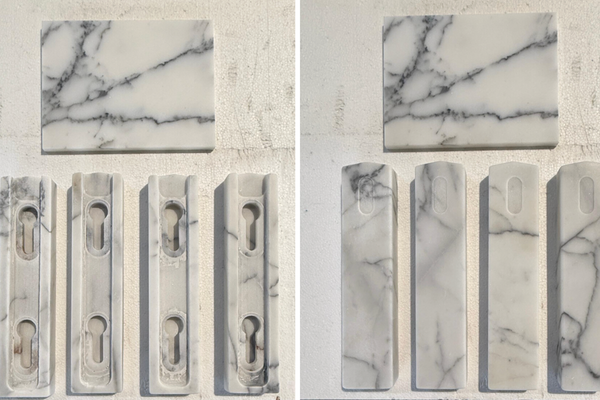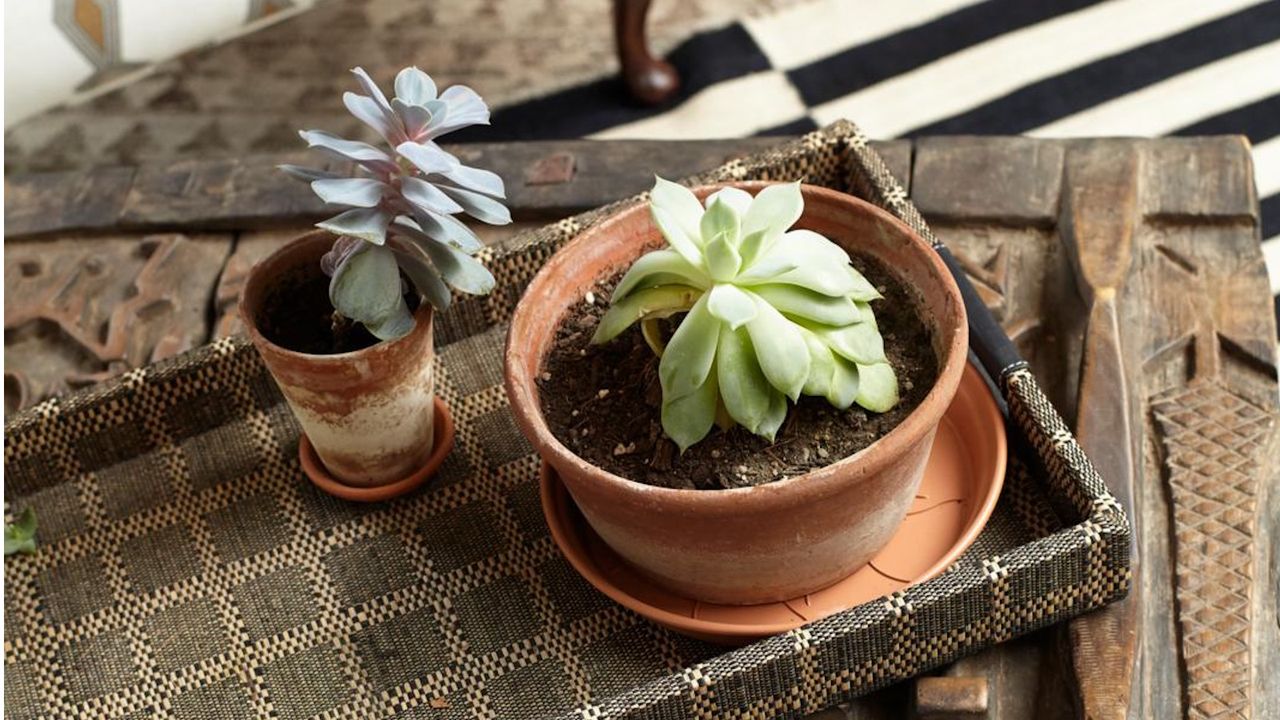
Succulents are some of the first houseplants I started collecting. They're also some of the first I made the biggest mistakes with, and subsequently the first I killed off. From my errors, the most important thing I've learned is that you need to have your succulent growing in the right spot for it to be happy.
Although succulent care is fairly straightforward, their ideal growing environment is very particular. That's why there are some places you should never grow succulents. Most notably, those overly humid and lower light spots aren't going to do the best indoor succulents any favors.
So, if you're a fan of the weird and wonderful varieties of this extensive plant family but you haven't had much luck in keeping them alive, you might just be growing them in the wrong place. Here, based on my own experiences and with insight from a houseplant expert, I've outlined five places to never grow succulents.
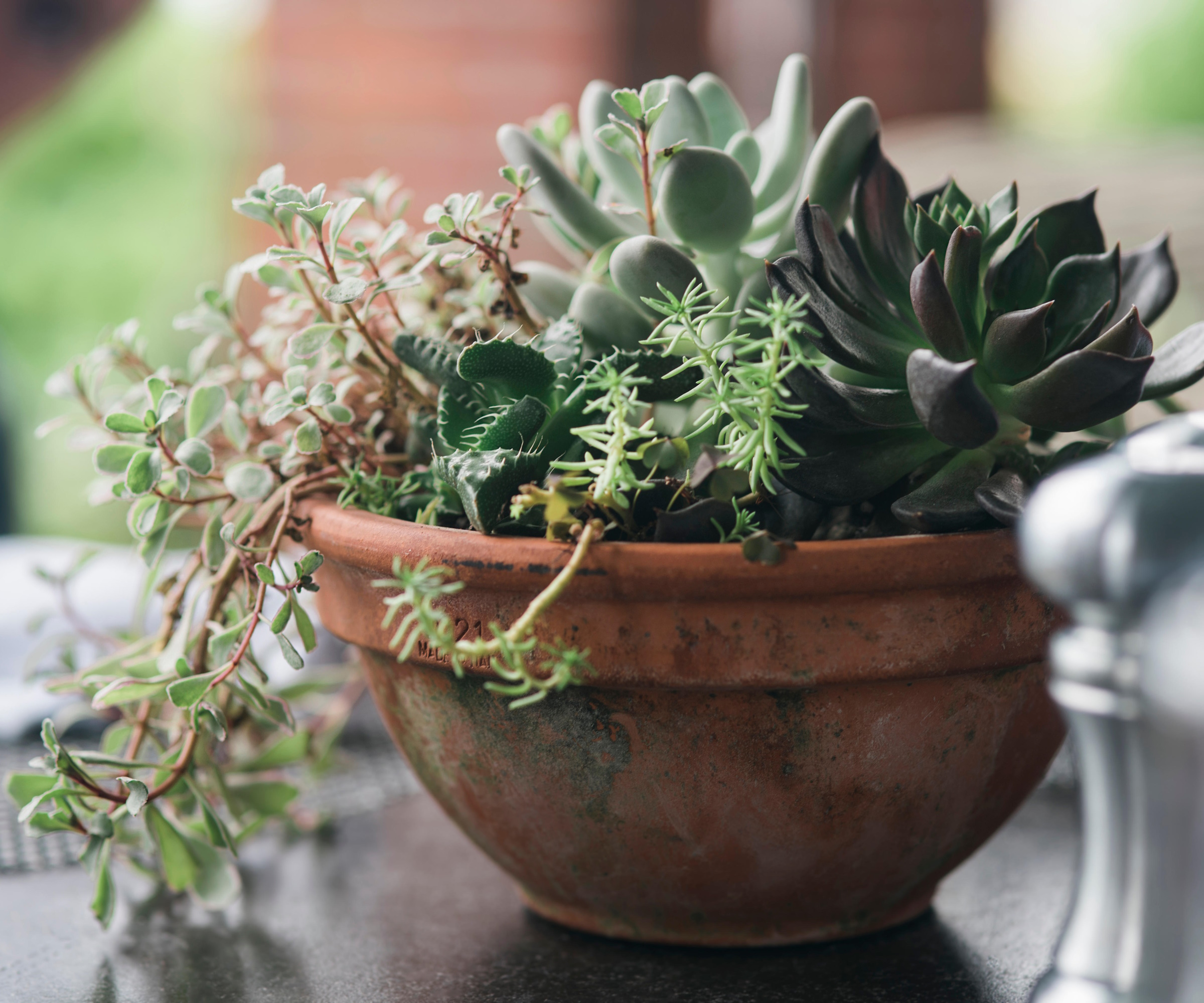
5 places to never grow succulents
It's one of the biggest succulent mistakes to choose the wrong spot for them to grow. Not providing an optimal growing environment can result in a succulent turning yellow and even your succulent dying.
Focus on providing access to direct sun, keeping temperatures up, and not watering too frequently. With that being said, you should avoid growing succulents in the following spots.
1. In a bathroom
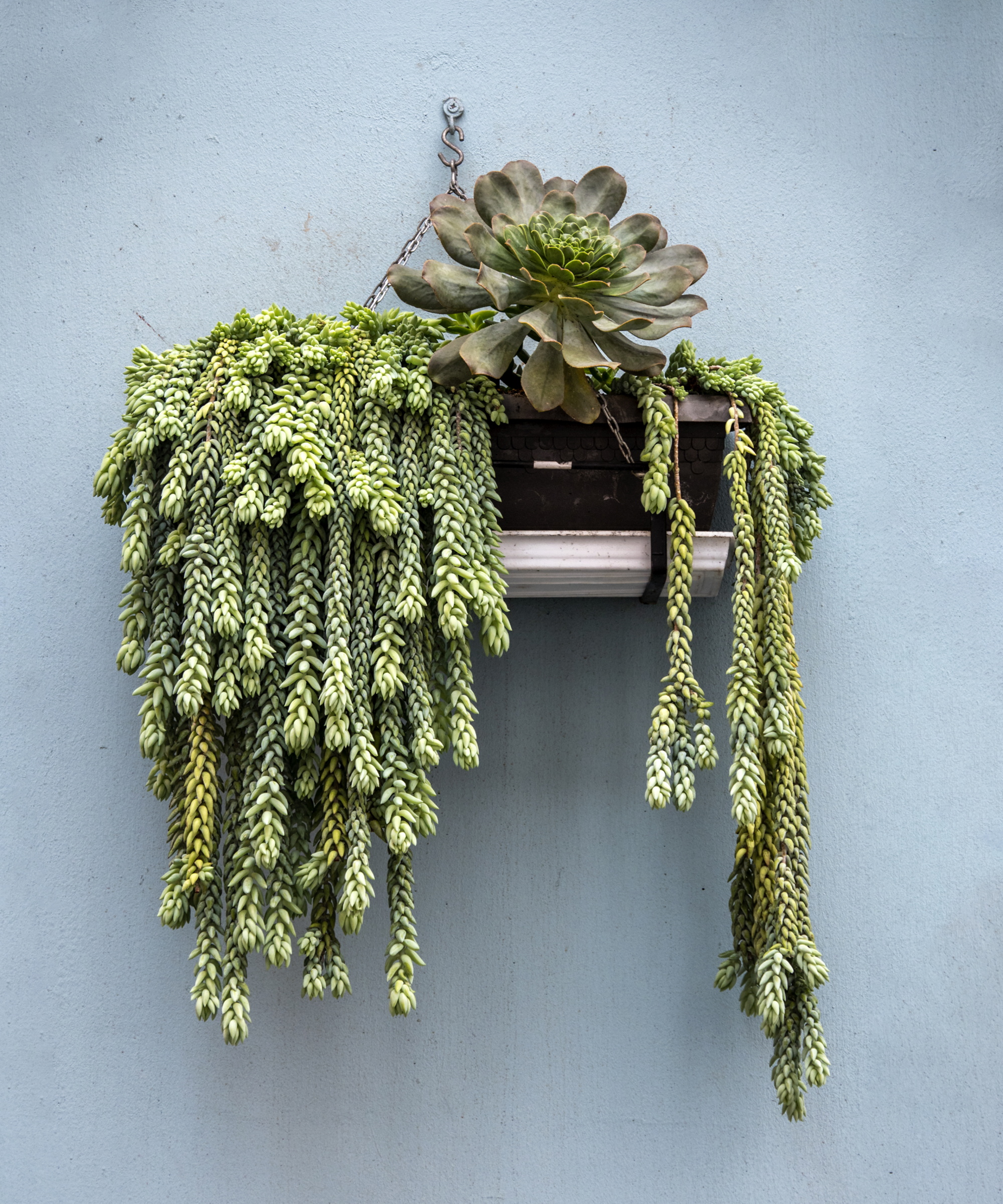
If you think about the native habitat of succulents, it's arid and semi-arid environments with little rainfall or humidity. Choosing to place succulents in the most humid parts of the home, therefore, is not a wise decision.
Although tempting to have trailing succulents on shelves as bathroom plants, the steam and excess moisture from a shower is not good for them.
'The bathroom is typically a humid, warm, and poorly ventilated room in the house, which is the exact opposite of what succulents naturally love,' explains Alex Kantor, owner of Perfect Plants Nursery.
'The constant humidity can cause houseplant root rot, and the frequent temperature changes can stress the plant. A better choice to grow in the bathroom would be ferns, they love humidity,' he adds.
My tip for figuring out if a room is too humid for your succulent is using a humidity monitor (from Amazon).
2. Without drainage
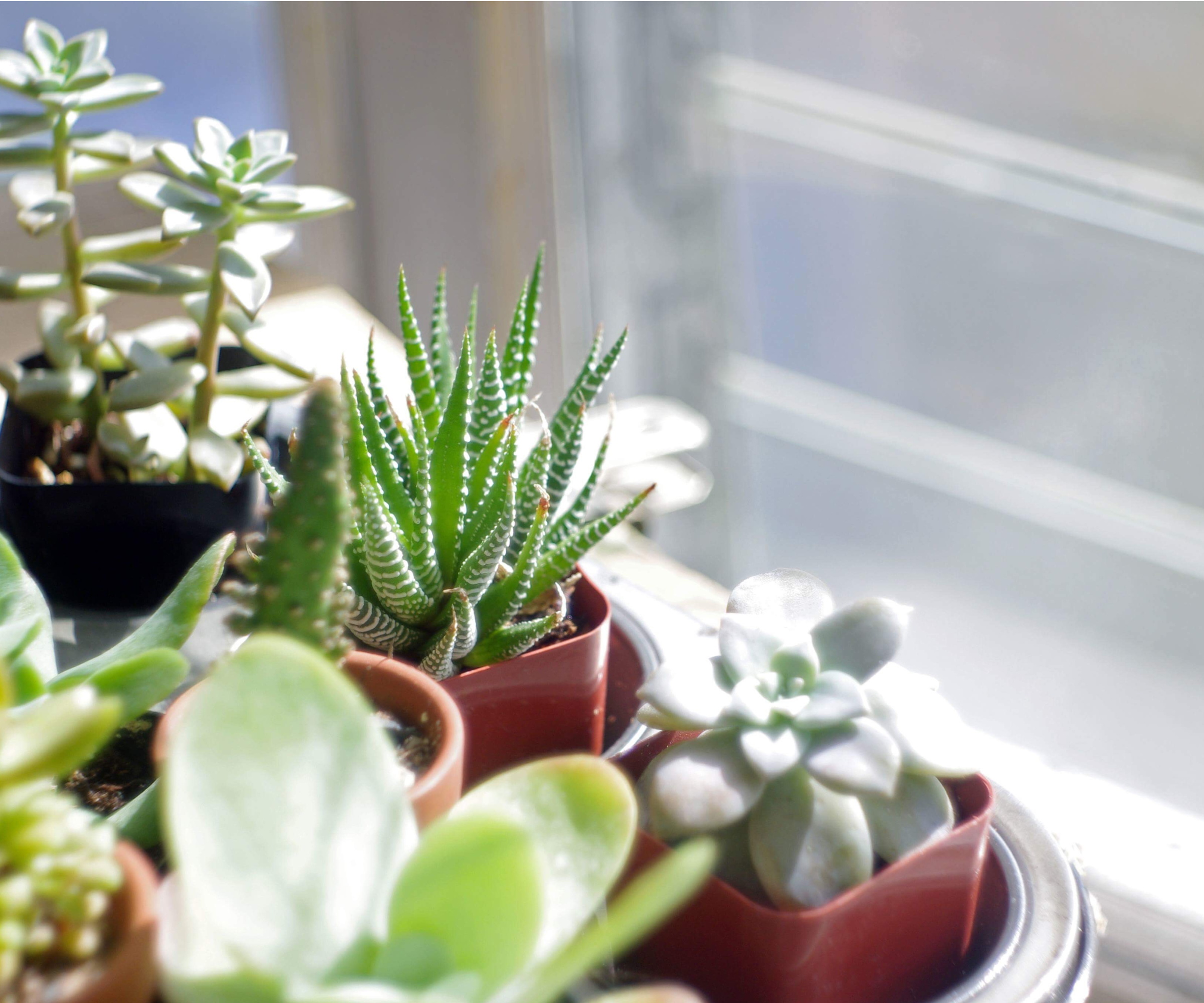
Knowing when to water succulents is something that took a while for me to perfect. It's tempting to grab a watering can as soon as their soil is dry to touch, but you have to remember these are in fact desert plants that thrive in drier conditions.
Not only do you have to get watering frequency right to manage moisture levels, having the right pot plays an important role, too.
I've made the mistake of watering succulents too frequently in a pot without drainage holes. The result? Mushy roots, dropping foliage, and the plant rotting away.
Drainage holes allow excess moisture to be removed from the soil, reducing the likelihood of your succulent roots becoming oversaturated. That's why it's best to opt for a pot with drainage holes (like this succulent planter from Amazon).
Other ways to include drainage are making your own succulent potting mix that is porous, adding things like pebbles (from Amazon) at the bottom of your planter, and even adding drainage holes to planters that don't already have them.
Bonus tip: use this soil moisture meter from Amazon to identify if it's time to top up water in your succulent's soil. This has been a game-changer in my houseplant care regime.
3. In a shady corner
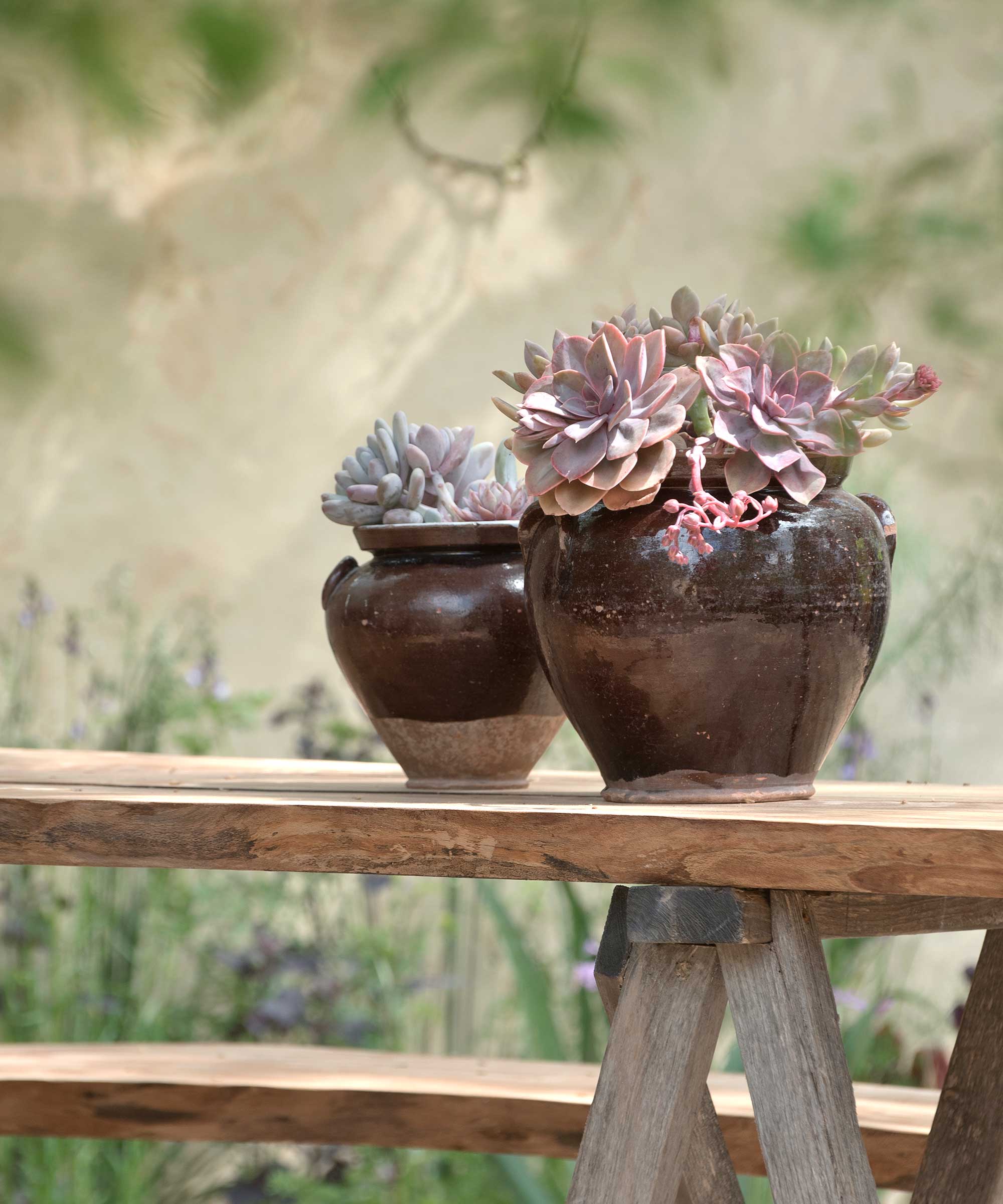
It's no secret succulents are sun-lovers, so they certainly don't make the list of indoor low light plants. In fact, too little light will dramatically impact the appearance and health of your succulents.
I used to grow an echeveria succulent on my desk, hidden from the sun. It very quickly grew very leggy and tall, with quite bare foliage, chasing after sun it didn't have access to.
While this may give your succulent a quirky appearance, it isn't great for their health. It makes them quite weak and makes their foliage more susceptible to breaking off.
Having said that, too much direct sun is also not good for succulents. While they do need several hours of bright light exposure, they also often have sensitive leaves that can become leaf scorched and turn red from excess direct sun.
Consider using sheer curtain (from Wayfair) to protect succulents from intense sunlight in the second half of the day.
4. In a closed terrarium
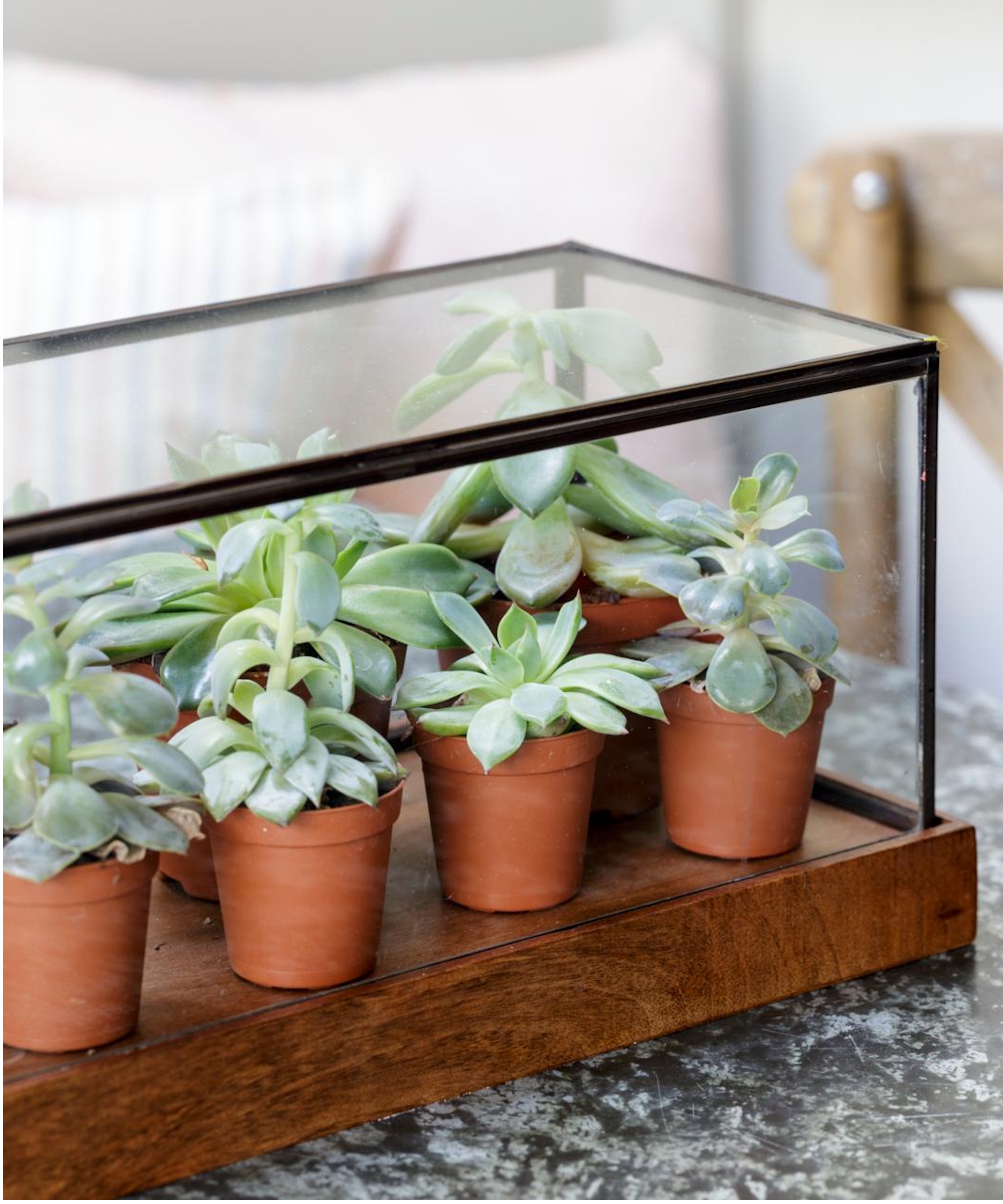
This one may surprise you as succulents are often popular terrarium plants. But, there's one important consideration when including them in these charming houseplant displays: the terrarium needs to be open.
Closed vs open terrariums affect how much moisture and humidity the plants inside receive. Succulents, being arid plants, don't appreciate such high-moisture environments, which is why an open terrarium that allows for airflow is vital.
An open terrarium (like this geometric one from Amazon) will also prevent a build-up of mold and mildew for your succulents.
To make your terrarium even more favorable for these plants, consider using succulent sand (from Amazon) in your terrarium.
5. On top of your fridge
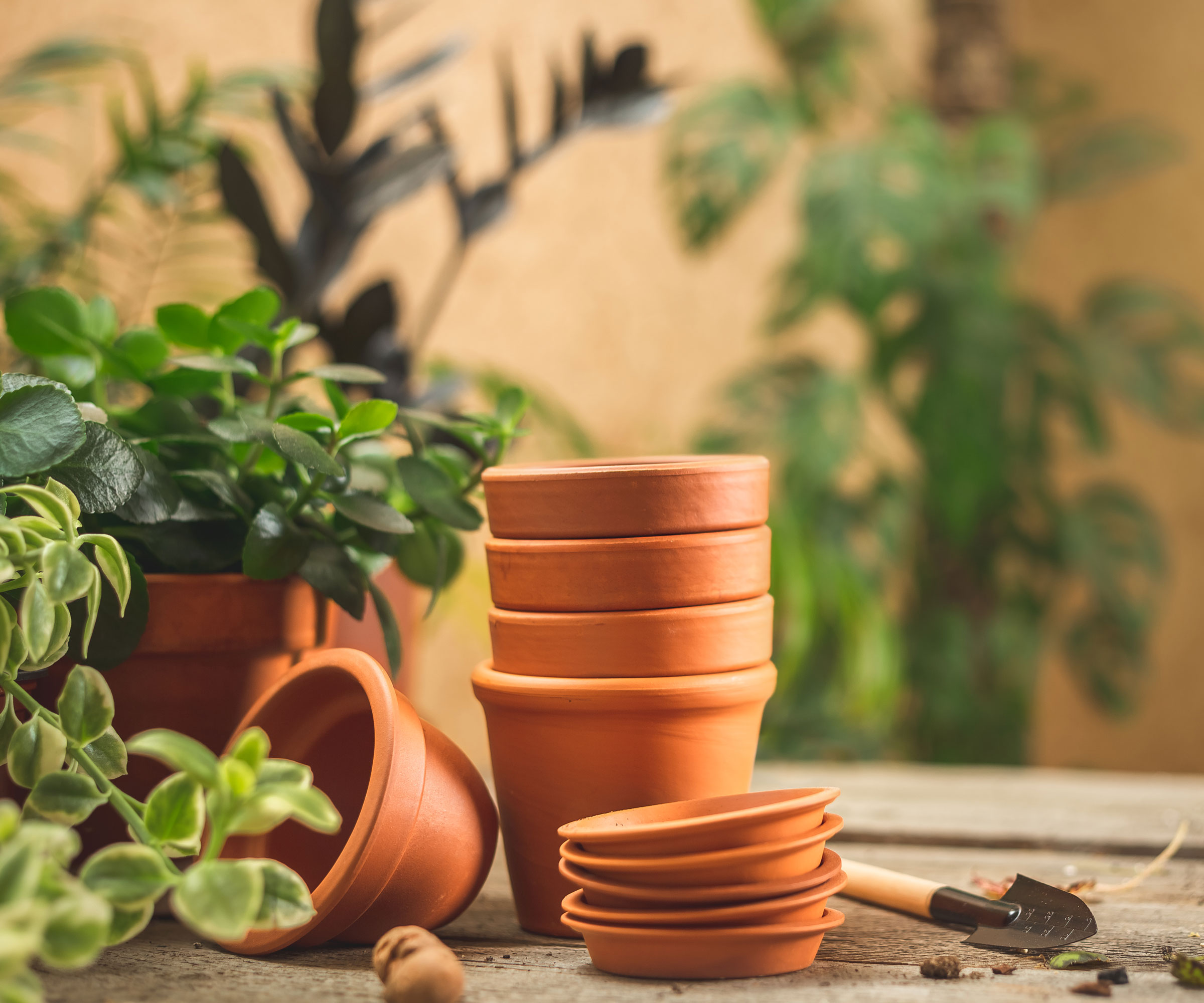
Small succulents are my go-to for filling bare surfaces in my home, but not every spot is ideal. Although they can green up your fridge and turn your kitchen into an indoor jungle, the constant fluctuating temperatures as you open and close it can cause problems for succulents.
Some succulents are frost-tolerant, but the majority of popular succulent houseplant varieties don't do well with lower temperatures.
Not only this, but sudden changes and gusts of colder air from the fridge can shock the plant and stunt growth. It could even cause leaf drop, so it's best to rather opt for warmer spots, such as sunny windowsills.
Use this room thermometer from Amazon to monitor temperatures for your succulents and relocate them as necessary.
FAQs
Can you grow succulents outdoors?
Yes, it's possible to grow succulents outdoors, although not all varieties will grow in all US hardiness zones. There are some you may also have to move indoors for winter. Having said that, there are plenty of beautiful ways to landscape with succulents and cacti, just be sure to do your research to pick the right variety for your region.
Now that you know the places to never grow succulents, you can turn your attention to where to grow them in your home. Our guide to styling succulents indoors has lots of inspiration for all sorts of spaces and indoor aesthetics.



